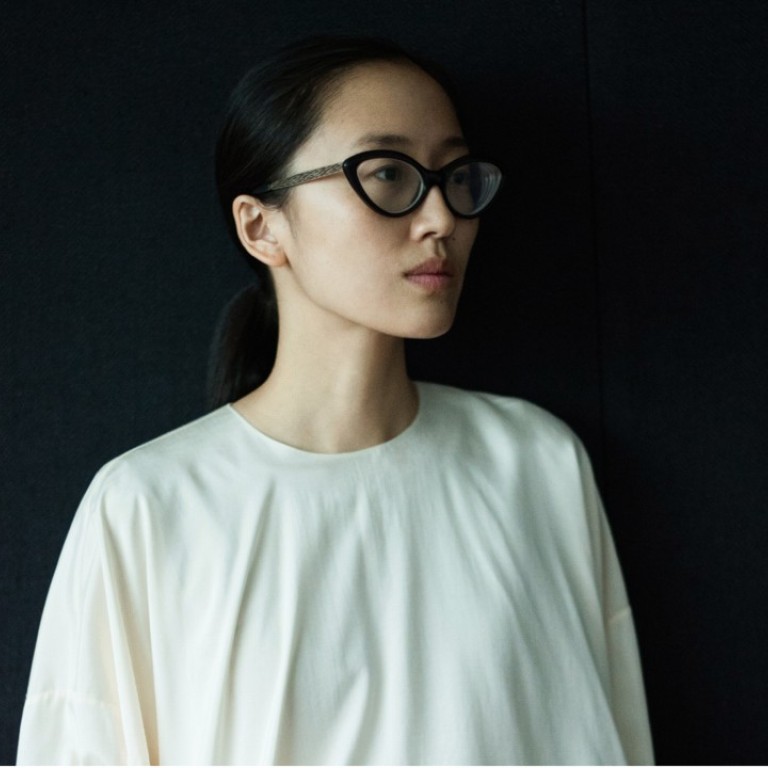
Met Gala was launch pad for Ms Min, designer fashion label with a modern take on Chinese beauty
A fan of Dries van Noten, Ms Min founder Liu Min has struck a chord with her strong, feminine and elegant designs. Despite eschewing regular shows and social media, her label has risen far up the fashion ladder
Since founding her brand Ms Min in 2010, Liu Min has created a success story that many Chinese designers dream of.
A favourite among the international press, she made her global debut at the high-profile Met Gala in New York in 2014. Two years later she was nominated for the covetable LVMH Prize for young fashion designers. Since then her collections have been stocked by a growing number of prestigious retailers, including Lane Crawford, which was one of her early supporters.
Chinese fashion designers ignore sneers to launch labels on e-commerce site
Making your way to the top rungs of the fashion ladder is usually a case of the survival of the fittest, but Liu’s approach has been slow and steady. Unlike many of her peers, she does not do regular fashion shows or big events.
While the brand has a presence on social media, she personally shies away from it. And much like her favourite designer, Belgian fashion designer Dries van Noten, she avoids buzzing capitals like Beijing and Shanghai and bases herself in Xiamen, a port city on China’s southeast coast (interestingly, it’s referred to as the Chinese answer to Antwerp, where Van Noten is based).
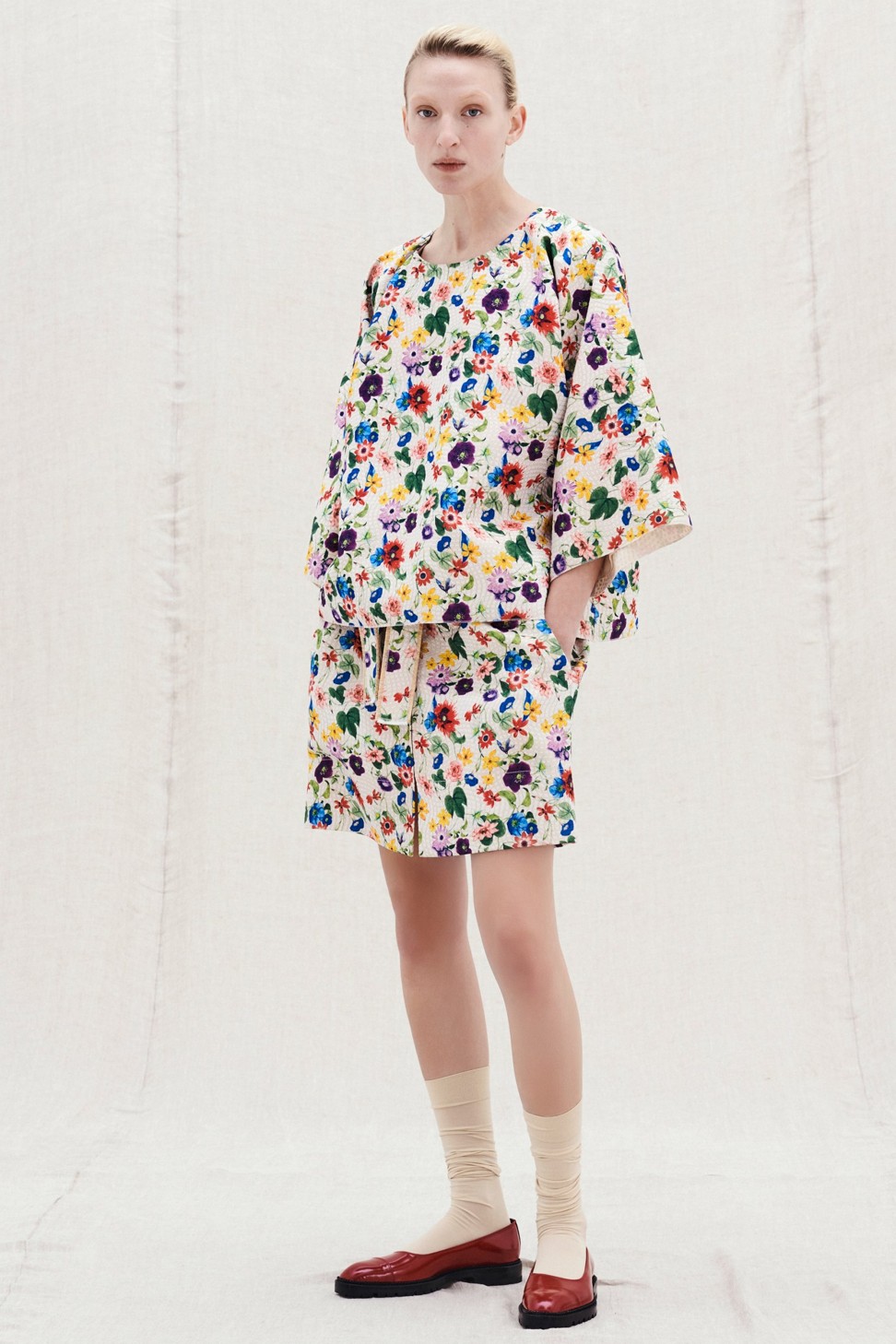
“It’s about choosing a lifestyle over what I call the ‘bubble’. To keep a calm and clear mind is very important, and I love the pace and lifestyle there. At the end of the day I’m just designing clothes – life is more important,” says Liu, who also became a mother for the first time six months ago.
Escape to Xiamen: fashion designers swap Beijing for beach
Liu was lured into the fashion world not through its glitz and glamour, but via old copies of magazines featuring images of pioneering designers like Jil Sander, Helmut Lang and Vivienne Westwood. After studying at London College of Fashion, she interned at Viktor & Rolf, before making her way back home to China.
There she worked at Canadian brand Ports International and met her now husband and business partner, Ian Hylton.
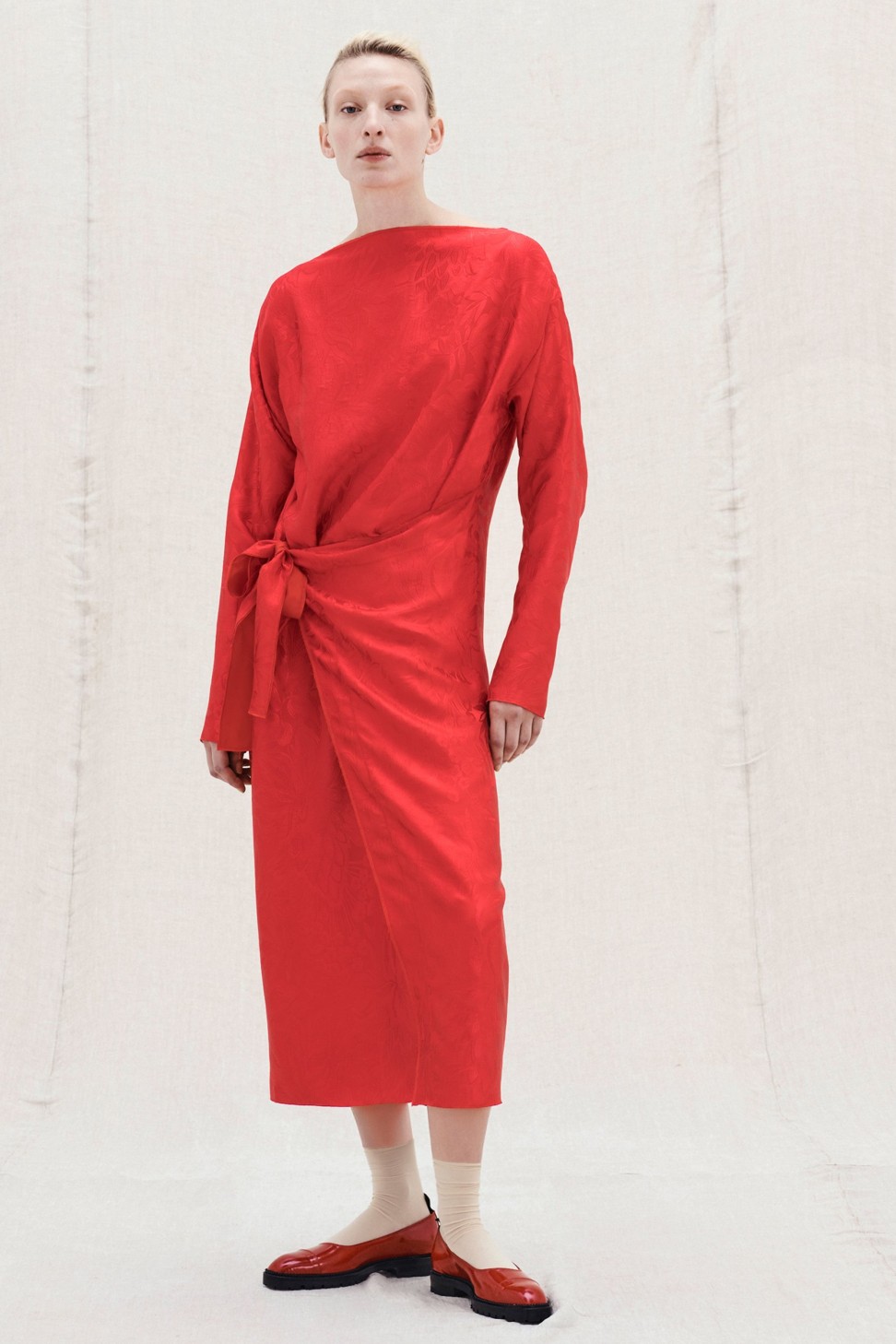
During this time she started selling vintage pieces from her personal collection via online platform Taobao. She quickly amassed a large following thanks to her styling posts featuring images of herself wearing different looks – her face always covered by one of the many masks she bought in Amsterdam.
“I don’t see vintage as vintage. The reason I gravitate towards vintage pieces is because they’re testament to great design that has lasted a long time. It’s not about nostalgia but the intrinsic value of the garment. This is a philosophy I took with me when I launched my own collection,” says Liu.
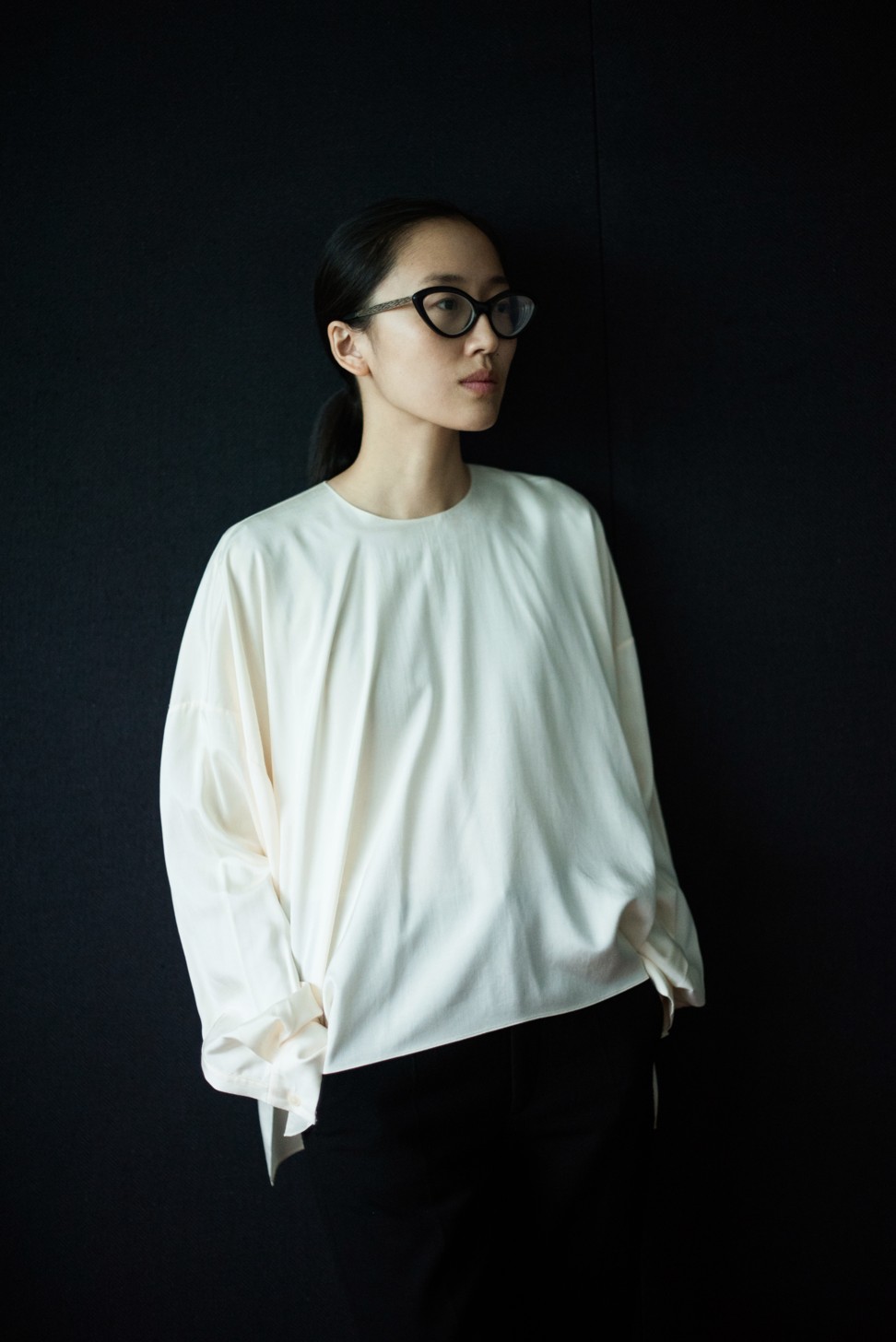
This eventually happened in 2010 when she couldn’t find traditional clothes she wanted to wear during Lunar New Year. She created a small capsule collection featuring Chinese elements on modern clothing. Back then most Chinese consumers preferred Western fashions, but she struck a chord with her strong, feminine and elegant designs.
“The deeper I connect with my roots, the further I can go. It starts from the eye of a Chinese woman. Oriental beauty is so embedded in my DNA, but I must deliver this connection to the world through a modern lens,” she says.
“I feel balance is very important. There are many layers of Ms Min – feminine, and masculine, yin and yang, East and West, ease and edge. Ease is very important – it’s only when a woman is relaxed that she feels attractive. At the same time the designs must have a spirit or what I call the ‘edge’.”
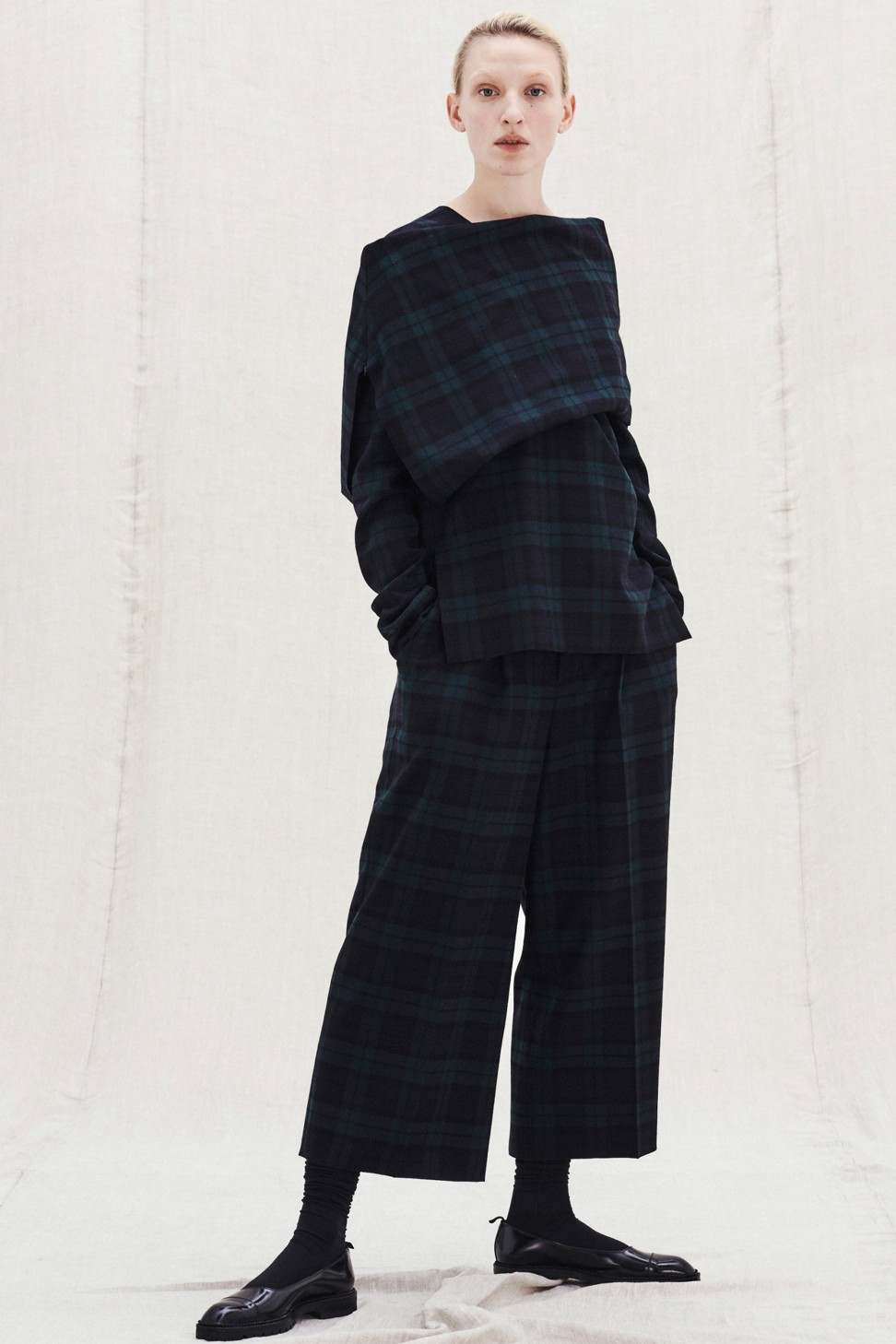
After a few years, Liu repositioned the brand from a more accessible price point to a designer label. Although everything is made in her own factory in China, she sources custom fabrics from top vendors in Japan, Italy and France, giving the collection a more refined look.
Designed while she was pregnant, the autumn/winter collection features “happy and positive” colours, according to the designer. Oversized silhouettes include a voluminous floral jacquard top made using a pattern inspired by traditional robes worn by Qing dynasty emperors, while a tartan dress features a banded waist that references a deconstructed corset.
She is also inspired by uniforms and men’s tailoring, as seen in a belted trench coat, tartan top with a draped neckline and collared denim one-piece.

Her signature Chinoiserie is still prevalent – a three-piece, wraparound tuxedo features frog closures and high collar, while a cosy mohair sweater is printed with Chinese characters and blessings.
“I do consider myself a Chinese designer but at the same time I don’t. Anything good should have an international vision and audience. It should never be in a box,” she says.
“The typical mindset is that you need to be validated by the West to prove yourself or be successful. I would like to be validated by anyone that mutually appreciates what I do. I think if you build it they will come.”
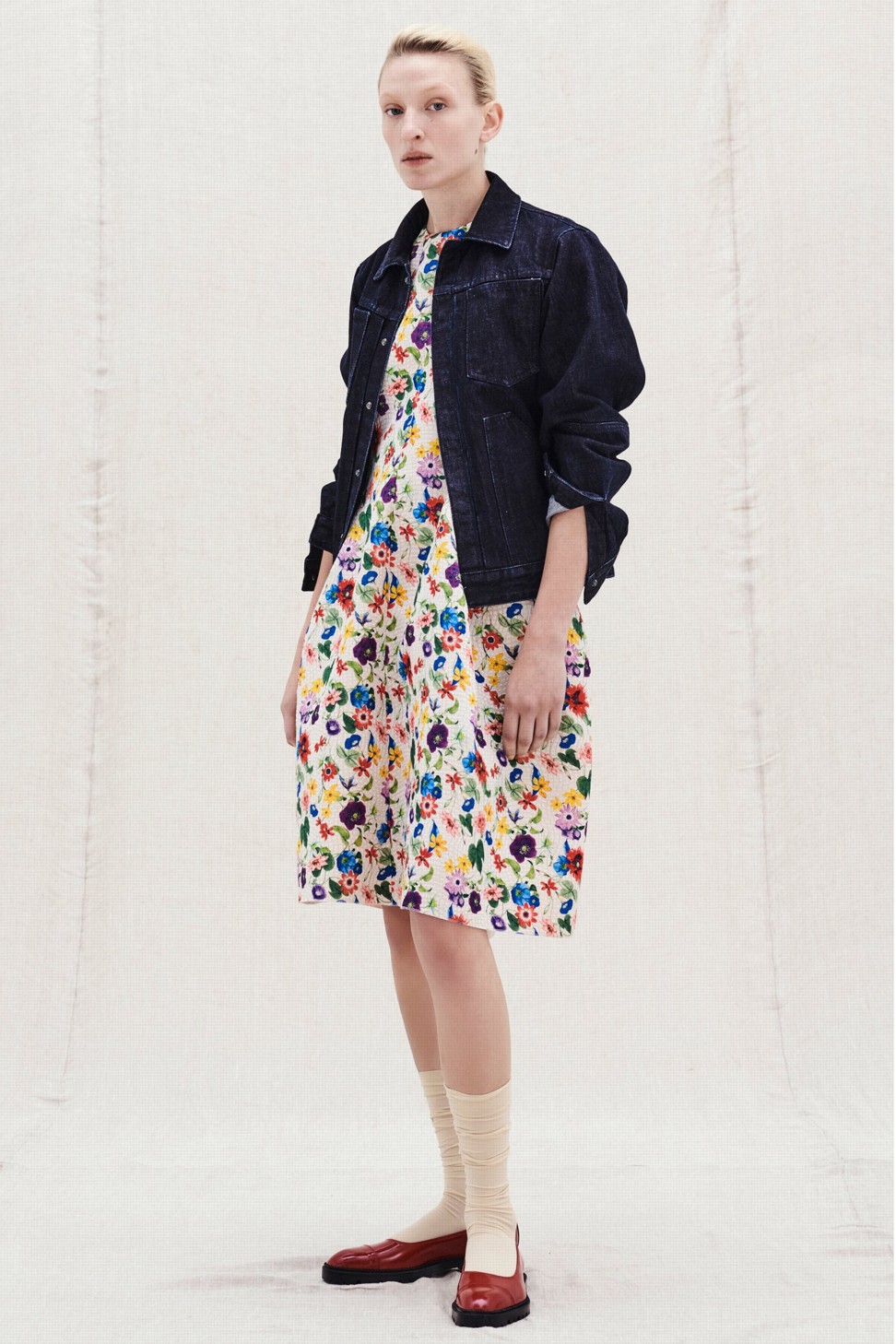
Fortunately for Liu they have come in droves, especially as Chinese client becomes more open to buying home-grown labels. The brand continues to grow – she has a free-standing boutique in Shanghai, while collaborations with the likes of Birkenstock and M.A.C cosmetics give her points of difference.
She says she is considering dabbling in new categories such as shoes, although she prefers to leave business decisions to her husband.
“Finding enough time is my biggest challenge. [Designers] work hard to create something beautiful and in a season it’s done. To create in a more sustainable way is important for me. It’s not necessarily about organic materials or a certain approach,” she says.
China’s fashion nationalism: reds, yellows and Chinese characters
“Of course, that’s important, but for designers to produce something good that lasts is the best thing we can do. If every piece we create can be made with a clear mind, it will avoid a lot of waste. If we can do less and better, then every piece has more value.”

